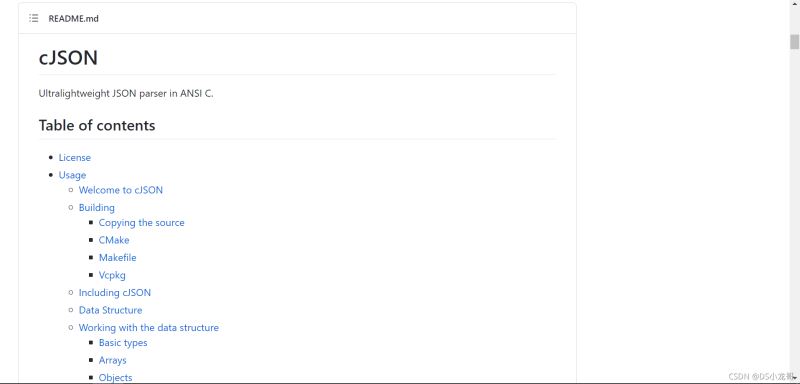以下方法所有程序都必须在同一个文件夹(或者你想打一长串文件路径也行)std是标程,test是暴力(反正要是对的),data是造数据的第一种好处:简单易写,不用开文件io坏处:不能显示运行时间ps:/W 是忽略空格和...

以下方法所有程序都必须在同一个文件夹(或者你想打一长串文件路径也行)
std是标程,test是暴力(反正要是对的),data是造数据的
第一种
好处:简单易写,不用开文件io
坏处:不能显示运行时间
ps:/W 是忽略空格和空行(一般评测的做法)
@echo off
:again
data>in.txt
std<in.txt>stdout.txt
test<in.txt>testout.txt
fc /W stdout.txt testout.txt >nul
if not errorlevel 1 goto again
pause建一个txt文件复制进去再改为bat文件,运行即可
第二种
我没用过因为比较麻烦而且效果并不让人满意
好处:能显示时间
坏处:麻烦,回显很让人不爽
需要开文件io
把下面那种的前三行system只留下程序名(比如data)并且把fc中的>nul去掉
代码就不贴了
第三种
刚找到的,修改了一下
好处:不用开文件io并且没有回显
坏处:码量比第一种略大
主要就是把第一种的cmd语句搬过来再加上>nul取消回显
#include<bits/stdc++.h>
using namespace std;
double clock(double x)
{
return x*1000/CLOCKS_PER_SEC;
}
int main()
{
clock_t s,t,t2;
register int i=1;
for(;;++i)
{
system("data.exe > in.txt");
s=clock();
system("std.exe < in.txt > stdout.txt");
t=clock();
system("test.exe < in.txt > testout.txt");
t2=clock();
if(system("fc /W stdout.txt testout.txt > nul"))
{
printf("point #%d\nWA time used: std %.2lfms test %.2lfms\n",i,clock(t-s),clock(t2-t));
break;
}
printf("point #%d\nAC time used: std %.2lfms test %.2lfms\n",i,clock(t-s),clock(t2-t));
}
system("pause>nul");
return 0;
}
织梦狗教程
本文标题为:c++对拍程序写法(windows系统下)


基础教程推荐
猜你喜欢
- C语言 详解字符串基础 2023-03-27
- centos 7 vscode cmake 编译c++工程 2023-09-17
- C++实现ETW进行进程变动监控详解 2023-05-15
- 全面了解C语言 static 关键字 2023-03-26
- C++实战之二进制数据处理与封装 2023-05-29
- [c语言-函数]不定量参数 2023-09-08
- C语言实现宾馆管理系统课程设计 2023-03-13
- [C语言]二叉搜索树 2023-09-07
- 带你深度走入C语言取整以及4种函数 2022-09-17
- C语言编程C++旋转字符操作串示例详解 2022-11-20

















